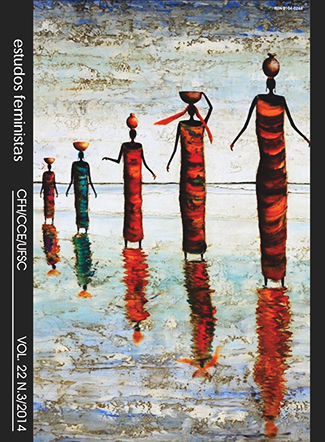Androgyny and Surrealism Regarding Frida and Ismael – Old Myths: Eternal Feminine
DOI:
https://doi.org/10.1590/%25xAbstract
In the first decades of the twentieth century, the myth of the Androgyne returns as a promise of spiritual happiness. Among the Surrealists, the androgyny, along with the cult of the woman, worked as alterity, as appreciation of underground modernity. Androgyny appears in several works of Frida Kahlo in Mexico and in Ismael Nery, in Brazil, both with a surrealistic approach. In Frida, the myth oscillates between spiritual and political, between transgression and subjection, going to the lesbianism and the desire to invert the traditional gender roles to the dissolution of her own identity, submitted in love by her husband. In Ismael, the duplicity of his selfportraits and iconography of loving couples expresses the fusion of the sexes as part of the world of ideas. “Artistic sex par excellence,” the myths appear more strongly in the art of Ismael Nery.Downloads
Downloads
Published
How to Cite
Issue
Section
License
Revista Estudos Feministas is under the Creative Commons International 4.0 Attribution License (CC BY 4.0), that allows sharing the work with recognition of authorship and initial publication in this journal.
The license allows:
Sharing (copying and redistributing the material in any support or format) and/or adapting (remixing, transforming, and creating from the material) for any purpose, even if commercial.
The licensor cannot revoke these rights provided the terms of the license are respected. The terms are the following:
Attribution – you should give the appropriate credit, provide a link to the license and indicate if changes were made. This can be done in several ways without suggesting that the licensor has approved of the use.
Without additional restrictions – You cannot apply legal terms or technological measures that prevent others from doing something allowed by the license.




